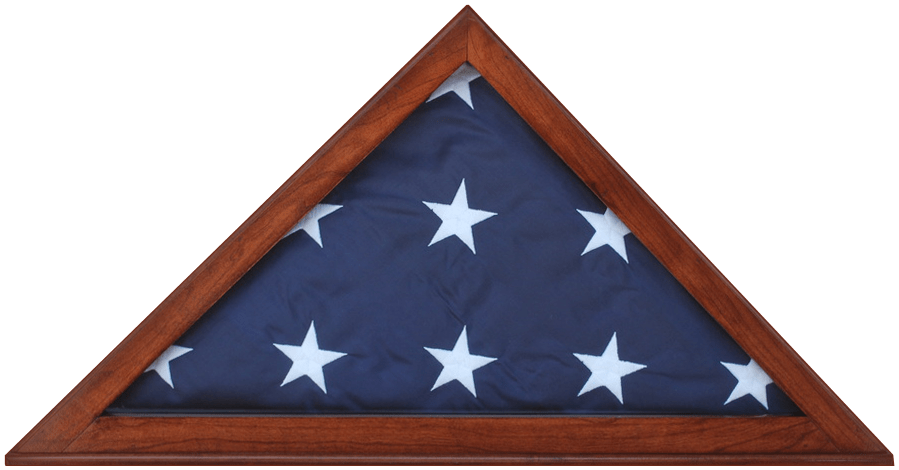Caisson Funeral Procession

A caisson is a wagon or cart that carries the casket of a fallen military member.The processions originated from the World War II time period, circa 1918 – 1919. The caisson was originally used to bring artillery onto the battlefield; once unloaded, the caisson was loaded with the bodies of the fallen soldiers.
In an Arlington Cemetery procession, the caisson is pulled by 6 horses, known as the “Old Guard”. The horses are normally black or gray in color and normally serve a ten year tenure.
Those eligible for a caisson procession at Arlington National Cemetery include those eligible for full military honors; fallen soldiers, former U.S. Presidents, Army and Marine Colonels and above, those who die on active duty, and retired members of Armed Forces, including reservists who served on active duty. In addition, former members who were awarded the Medal of Honor, Distinguished Service Cross, and the Air Force or Navy Cross are eligible.
Riderless Horse – this horse wears an empty saddle with riders’ boots reversed in stirrups, indicating the warrior will never ride again. These horses are used in military parades to remember fallen soldiers. It is a symbol of cavalry or mounted troops who have died in battle.
21 gun salute – this is the highest honor rendered. It stems from naval tradition. A warship would signify a lack of hostile intent by firing canons out to sea until all the ammunition was spent. The U.S. military fires in honor of a national flag, sovereign or Chief of State of a foreign nation, member of a reigning royalty, President, ex-President, of President elect.
